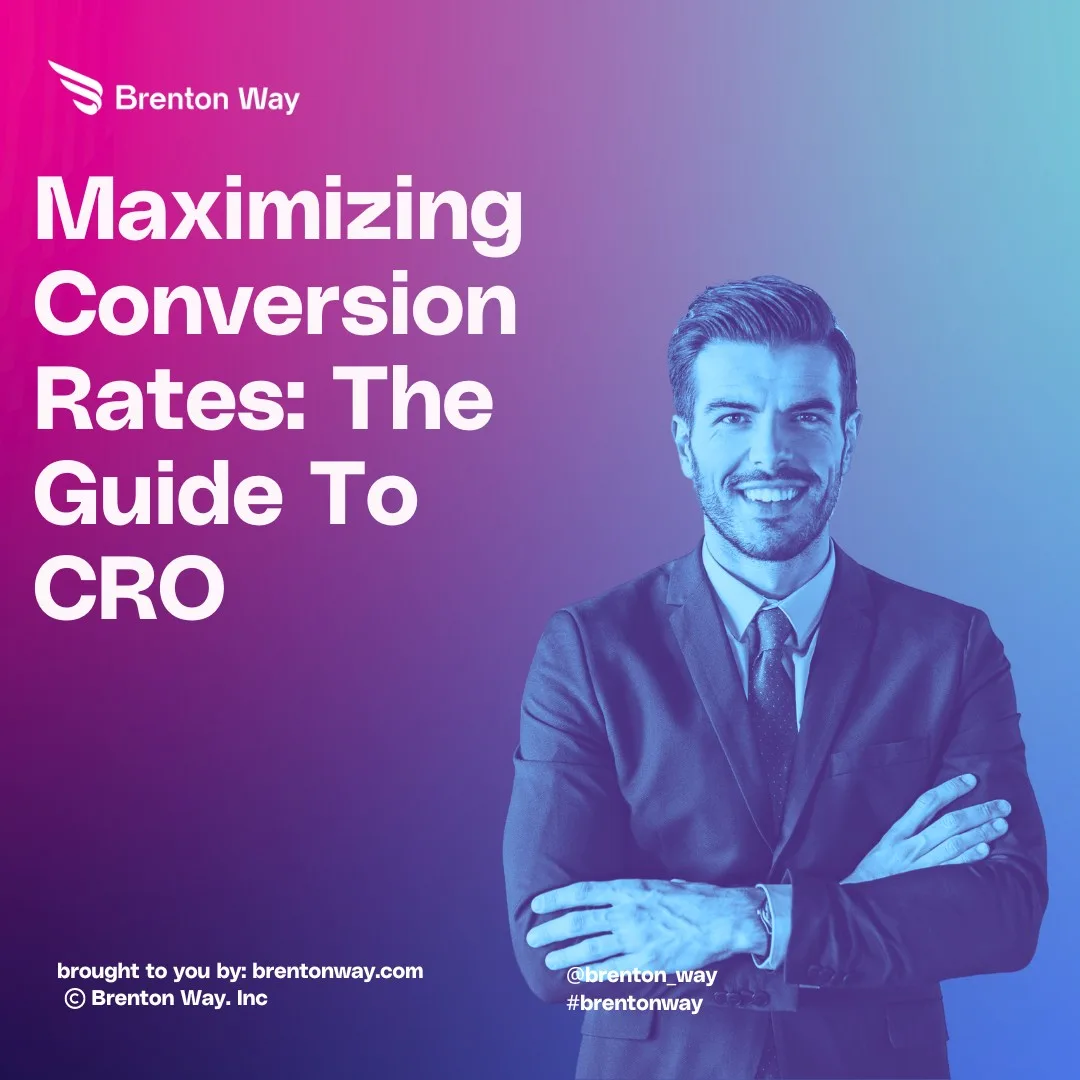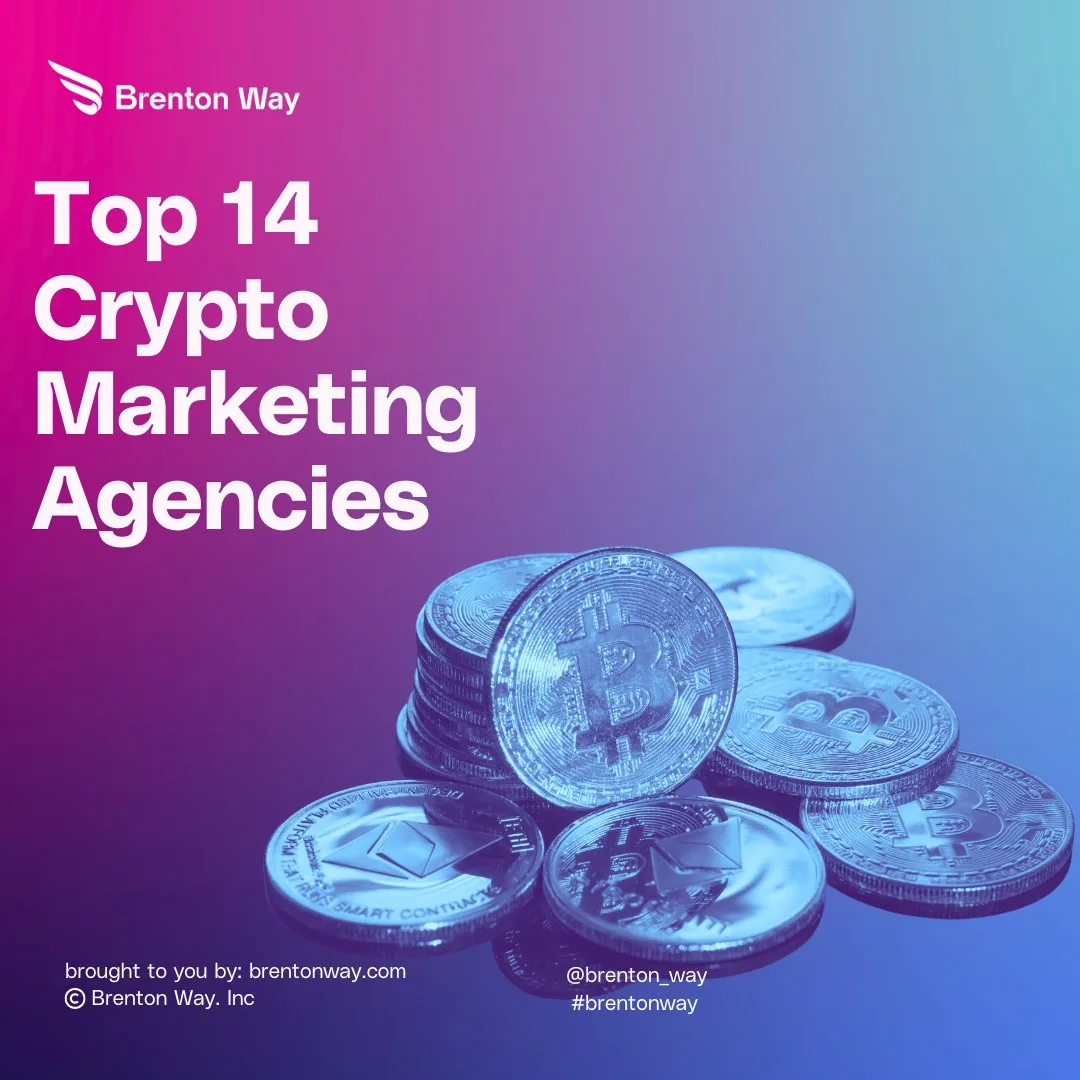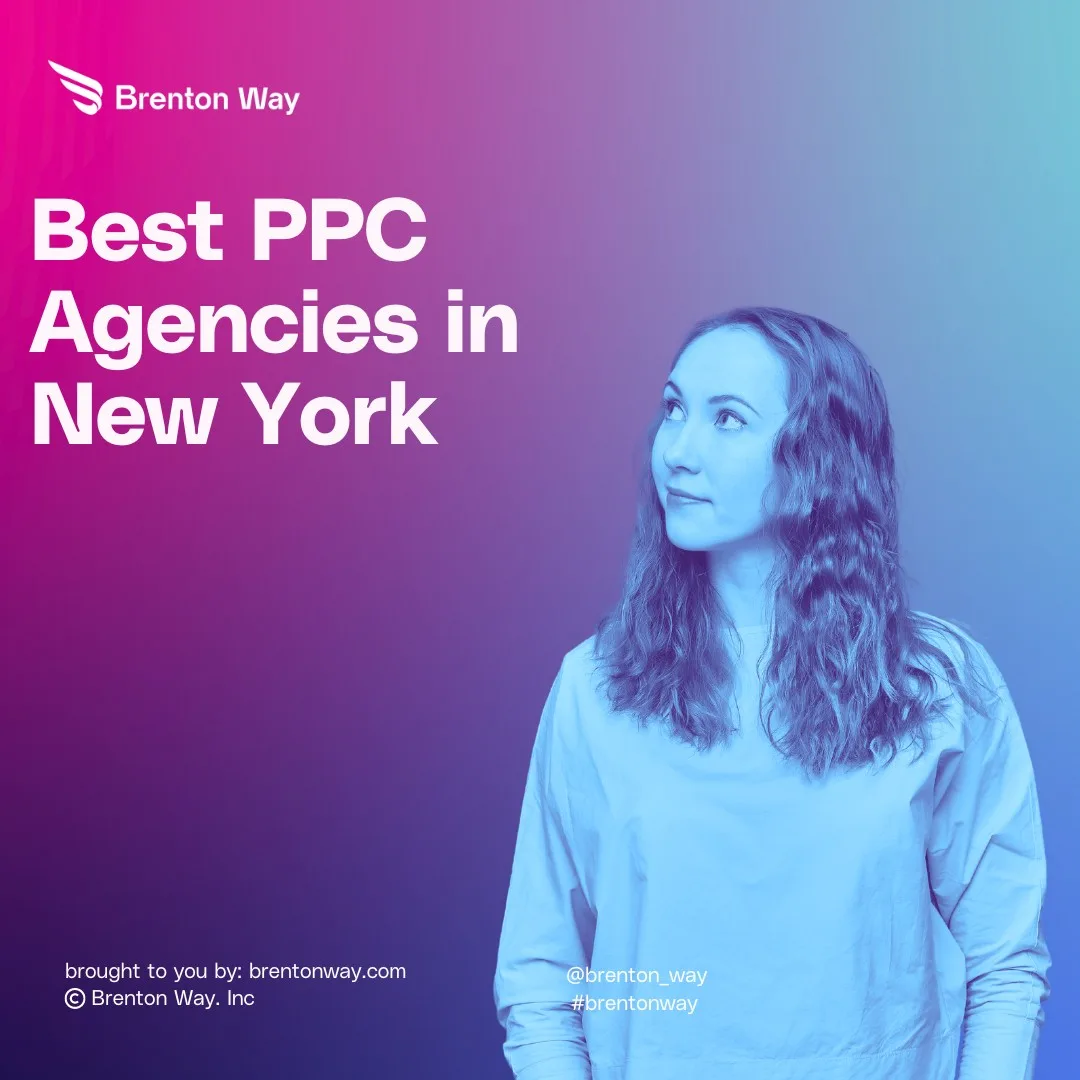
There are a million things to think about when running a project. It’s not as easy as some people make it seems. If you’ve run NFT projects before, you are well aware of this.
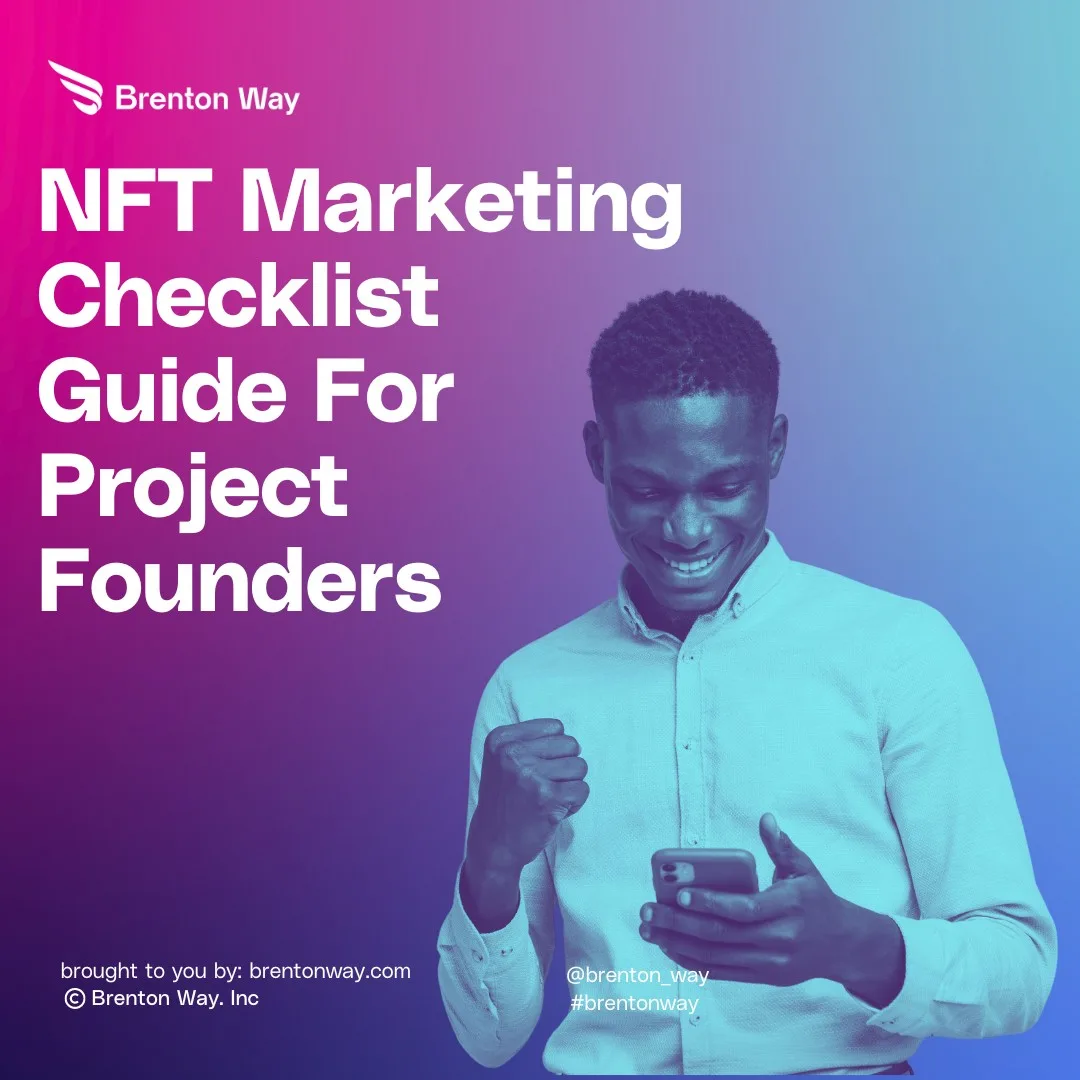
To help you as a fellow founder, we’ve created this elaborate NFT project checklist for you.
This should help ensure you don’t get lost in the daily hustle and bustle of running an NFT project.
Because we know precisely how challenging it can be.
In previous articles, we’ve written extensively about what it takes to run a successful NFT project. If you’re interested in reading more about this, check out our NFT category blog.
We have also put together a list of the best NFT marketing agencies for your review to run a successful campaign.
But for now, without further ado, let’s go into the practical side of things and create a comprehensive checklist to give you an overview of every daily task when running a project.
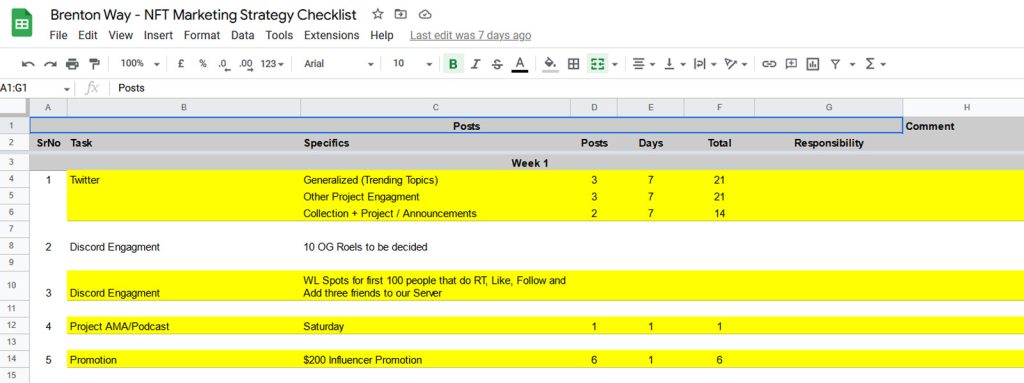
I know spreadsheets are boring, but unfortunately, they are necessary when running your own NFT marketing strategy.
Honestly, I don’t know how you would organize your deliverables in any other way…
Below I’ll link a spreadsheet we used for a previous project as a guideline to help you decide on some of the daily deliverables for your current project.
Spreadsheet link:
Now that you have a spreadsheet to work with let’s create a list of things you will have to cover.
There are a couple of platforms that you can actively use to promote your project:
By far the most important platform for an NFT project. Crypto Twitter (CT) is one of the best places to get noticed by people that matter in the space.
I’ve created a list for you that has most of the critical NFT influencers in it:
Link to a Twitter list:
Not really a social media platform, but a super essential communications tool where virtual communities can be found. Discord is the platform where you’ll find the most influential people in the space. And if you can catch their attention, you’re on the right track.
Here are some Alpha Discord channels that are available to enter for anyone:
Also an important platform. There are a lot of valuable NFT subreddits on Reddit that you can use to talk about your project. Here are some suggestions:
You can get away with just flat-out shilling your project in these subreddits, but don’t go overboard.
Your success for shilling will vary on the angle you take. I always suggest an informative approach instead of just promoting your project.
For example: if you’re creating an NFT project that is trying to promote body positivity, then write a post about body positivity itself and how you’re bringing awareness to it. Don’t just write a promotional post where you’re trying to sell your project cause nobody will care.
How important Instagram is dependent on your target audience. If you’re targeting a lot of non-NFT “normies,” then definitely put a lot of effort into Instagram. I won’t bother too much if you’re going primarily for NFT enthusiasts.
Facebook has large communities for you to shill your project in. But the same thing counts for the Reddit subreddits; try to be informative.
On Reddit, you may be able to get away with shilling your project, but on Facebook, your chance of creating traction doing this is astronomically lower.

The NFT marketplace you’ll decide to list on will depend on what blockchain you’re hosting your NFT project.
Here are some of the leading marketplaces per blockchain:
Ethereum
Solana
BNB
There are countless other blockchains that you can sell your collection on. If your blockchain isn’t listed, check out Dappradar.com to find your NFT marketplace.
If you want your collection to be listed on a marketplace, then there are a couple of things you’ll need to check.
Metadata:
Marketplaces import their data through APIs, requiring something called Metadata.” The Metadata file is where all NFT data is stored. Check-in with your developer to ensure your Metadata is complete
Profile picture, banner, description, innovative contract information:
Your collection will need a profile picture. Usually, people just pick one of their collections of NFTs for this.
Banner:
You will also need to add a banner for your collection. You can be creative here and do whatever you want, but most of the time, people showcase a portion of their collections.
Description:
Describe some of the highlights and benefits of your collection.
Smart contract information:
This information is needed for the marketplace to pull in your smart contract. It’s also useful for potential project buyers to verify if the specific collection they are viewing is the correct one.
You can manually upload all the above information on your marketplace of choice, usually under the “Settings” tab.
NFTs Hosting
Your NFTs need to be hosted somewhere. Contrary to popular belief, you will have to host these images yourself. The marketplaces don’t host them; they just display a link you put into your MetaData.
The most popular and durable way to store your NFTs is InterPlaneterayFilesystem (IPFS). This is a durable decentralized way to keep online files that are competitively priced.
https://pinata.cloud/ offers an easy, user-friendly solution to store your NFTs on IPFS.
Your content strategy is arguably the most critical thing in your marketing strategy.
Below I’ll list some things to take into consideration when creating your Content Strategy:
When the fundamentals for a content strategy are ready, it’s time to dive into the nitty gritty work and start creating, mapping out, and planning your posts.
Before you start posting on social media, make sure you have your content calendar ready.
Having a properly organized content calendar gives you a better overview of the content you will post.
It will also help you decide what content is performing later on and where to make potential adjustments.
I divide my content calendar into the following:
Content buckets: I like to categorize my social media posts in something called “Content buckets.” These are just categories that you archive your content under.
Examples:
Informative, Generalized, Branding, Occasions
Decide the medium: Twitter, Discord, Instagram, Facebook, Reddit, Medium.
Determine your posting frequency: how many times per week/day are you going to post?
Note the events you want to host: When, where, and what?
Examples:
– Project collaboration posts
– Giving ten specific roles to Discord users
– Hosting a giveaway event
– Project AMA
– 1 Paid collab per week
You can refer to the spreadsheet I’ve posted above to give you a concrete example of what this would look like.
I hope this article has helped you create more structure in executing your NFT projects’ marketing strategy!
If you would like more help with launching your project, please contact us for a free consultation. One of our experts will be in direct contact with you to see what we can do for your project.
Would you like to read more about NFT Project Marketing? Then be sure to check out our extensive blog articles on it.

